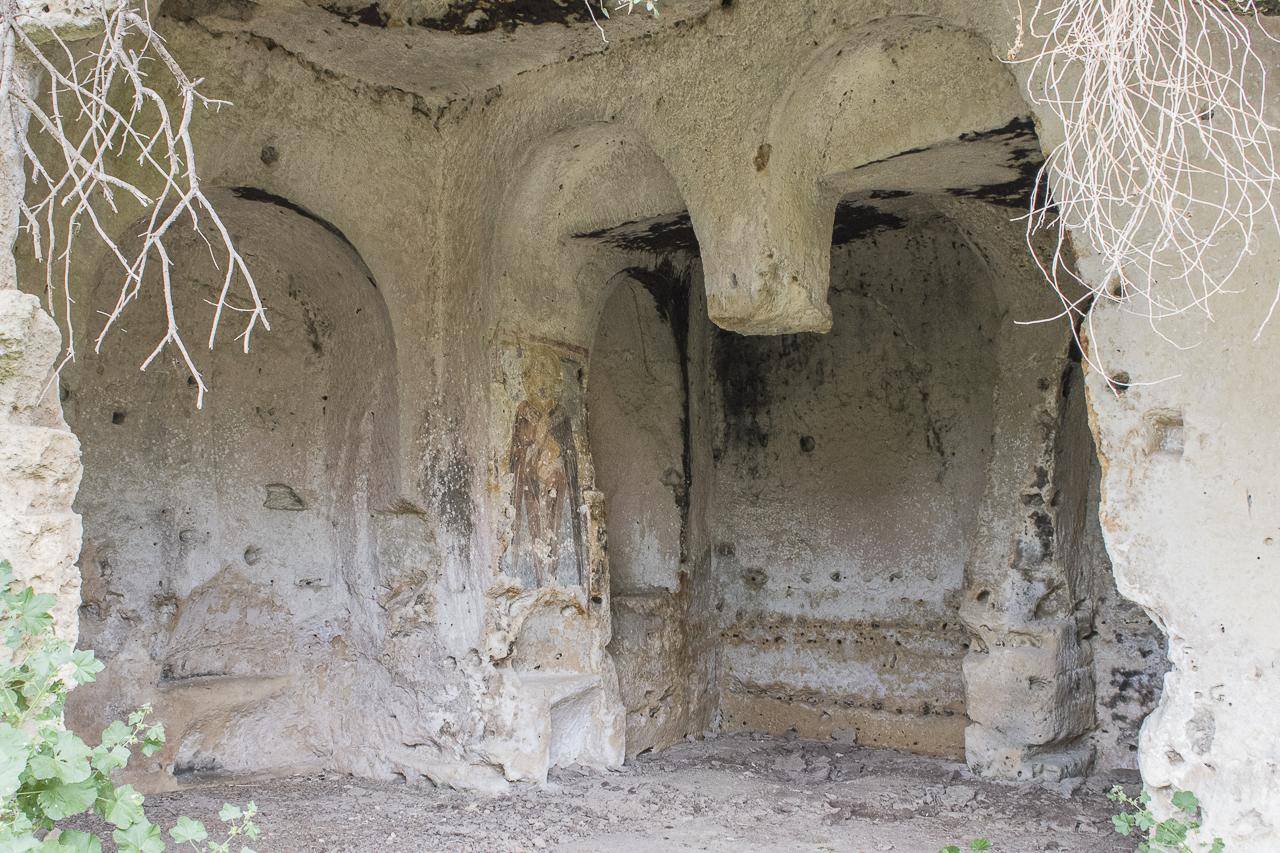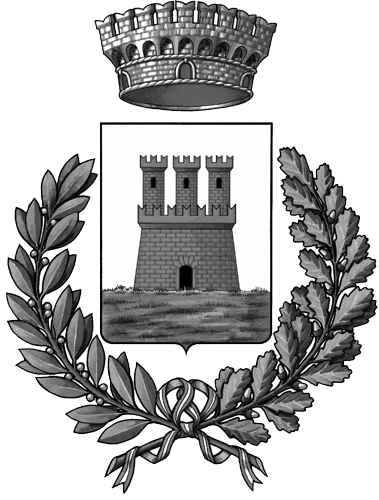Rupestrian settlement of St. Stephen
360 / 3D

Rupestrian settlement of St. Stephen
Year of construction IX secolo
AddressGravina di S. Stefano
Coordinates40.616737, 16.916231
Rupestrian settlement
Rupestrian settlement of St. Stephen
Exterior
It is located in the ravine of St. Stephen, at about 3 kilometres from Castellaneta and along the old Appian Way. The excavation of the crypt, whose first traces are found in a document wrote in 1258, should date back to the 1000. The crypt is part of a settlement of considerable proportions developed on several floors and modified over time for non-residential uses. You can reach it via a stone staircase that begins at the edge of the ravine. The entrance is very large, due to the collapse of a wall.
The caves that compose the settlement are on at least three levels and have been recently reused as animal shelters.
Interior
It has a pseudo-rectangular plan divided into two parts, nave and presbytery, separated by two irregular architraved passages with two pillars leaning against the walls and a central one cut away. A pillar supporting the arch on the right and forming a large panel on the left characterizes the back wall of the nave.
The orientation and the lack of an altar made scholars think that this rupestrian church was a simple private oratory not used for liturgy, but at a more careful observation an arched apse and a rudimentary cap, unequivocal signs of a place of worship, were found: in this case the presbytery could correspond to the arched niche on the left of the entrance, surmounted by two small windows and facing East, in accordance with the liturgical orientation. It is therefore thought that the apse and the altar were removed following the lowering of the general plan of the environment, a hypothesis supported by the central position of the crypt in the settlement as a meeting place for the cenobites, a group of monks living in community.
Fresco paintings
On the left pillar you can find a Saint Nicholas, painted in Byzantine style with monochrome contours on a blue background, in the act of blessing in the Greek manner and holding a yellow book. The painting is datable to the second half of the 13th or 14th century.
The first fresco visible entering the crypt is St. Stephen, which gave his name to the ravine and dates back to 1300. He is painted according to the Byzantine canons, richly dressed with a white tunic and an embroidered robe called dalmatic; he is holding a book with his right hand and a censer with his left. The background has two yellow and blue, yellow and red overlapping areas. The head has a halo, his nose and hands are long. Of the exegetical inscription only the letter “S” remains, while the rest is indecipherable.
360 / 3D

Last tours



















